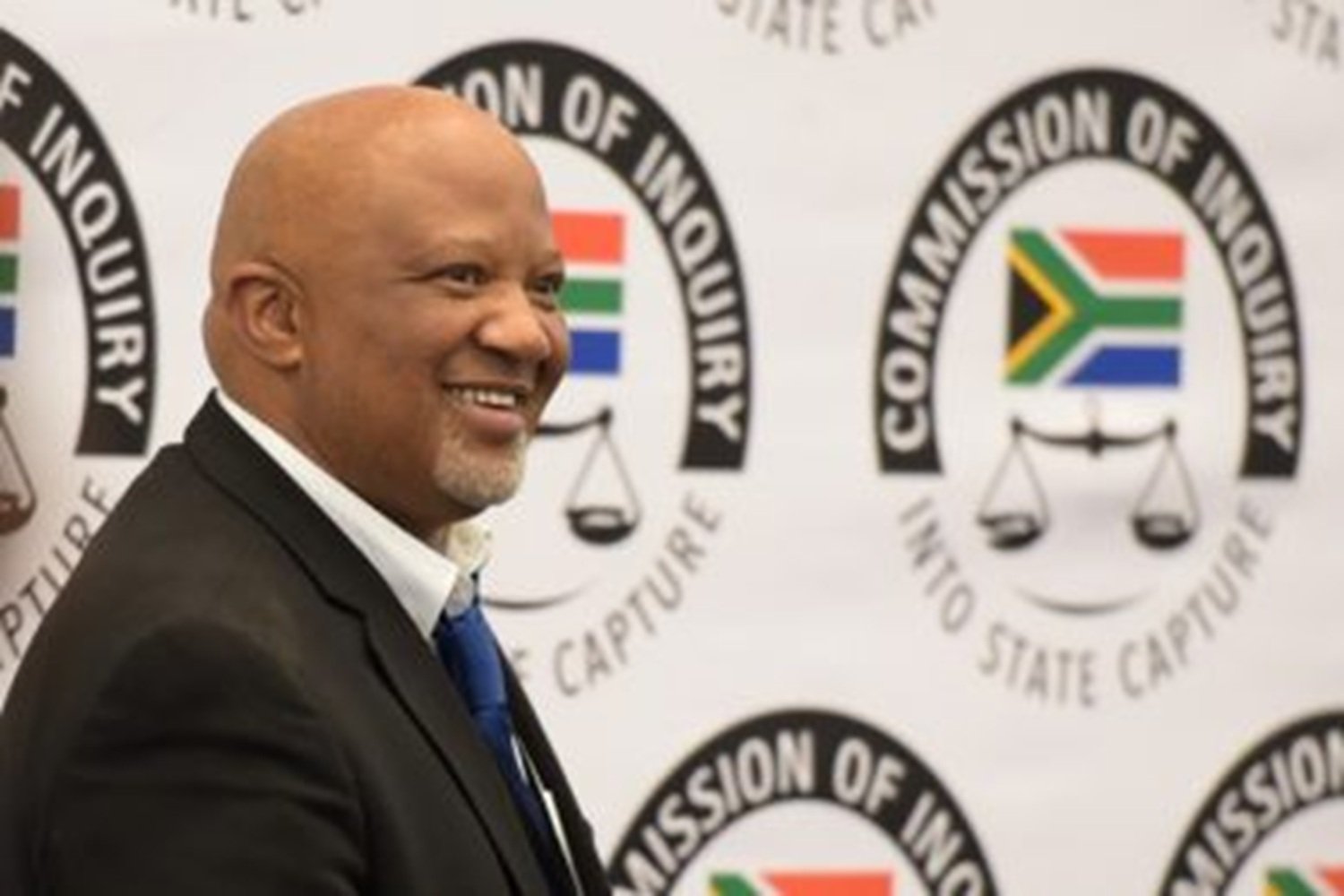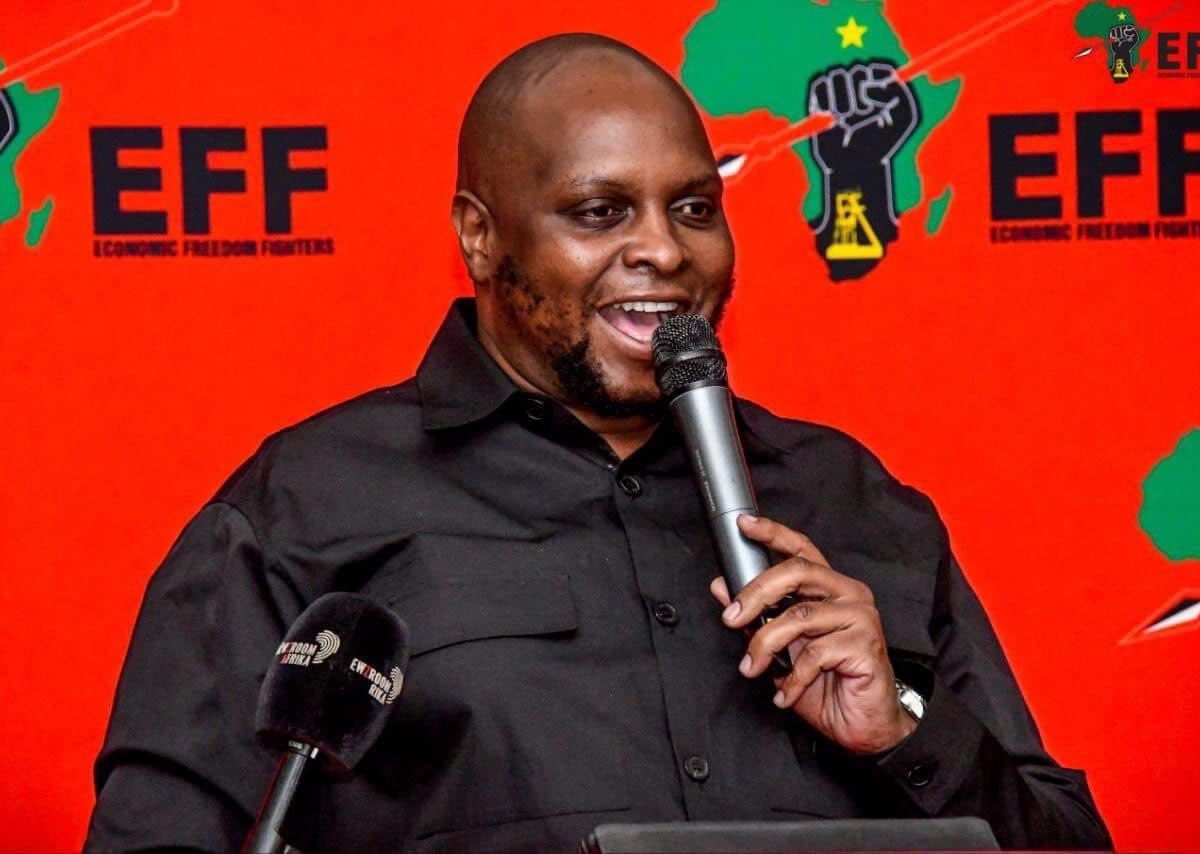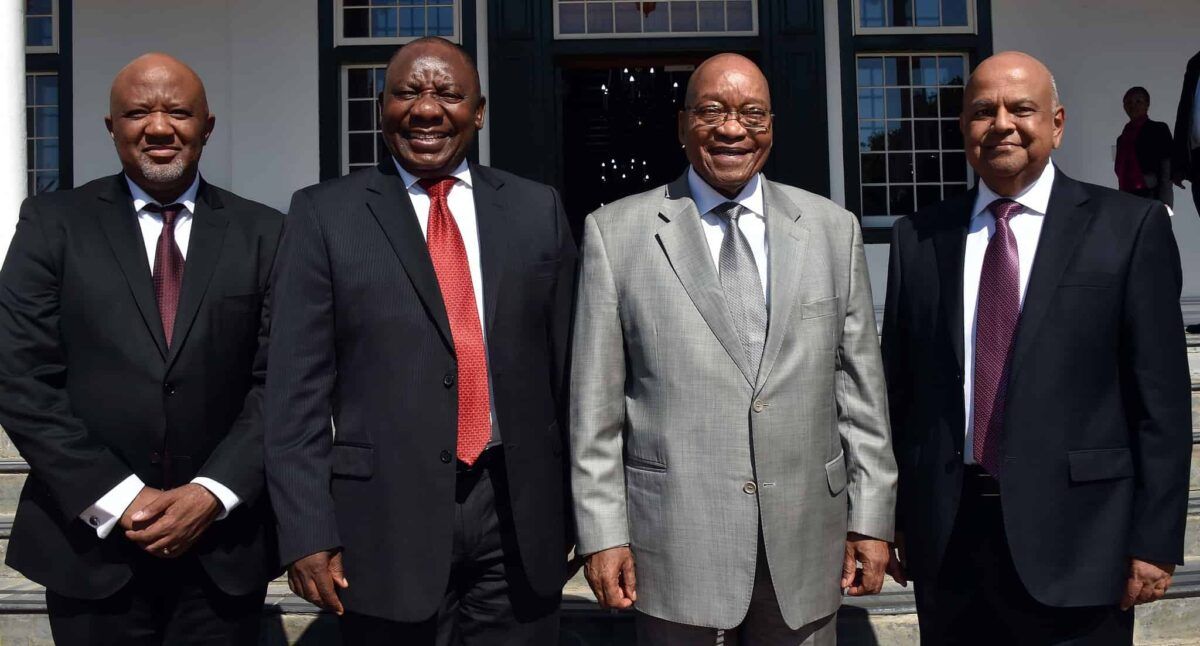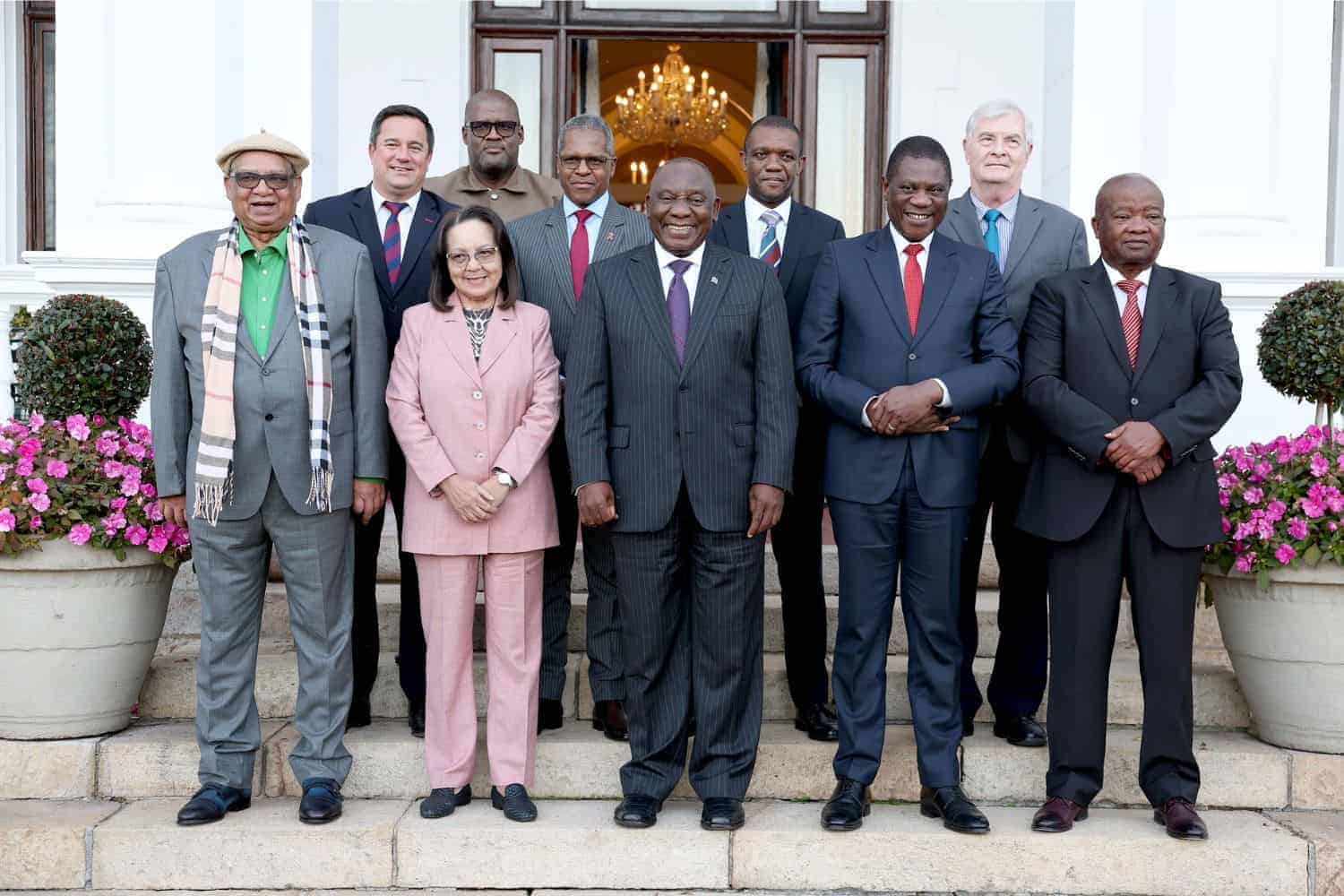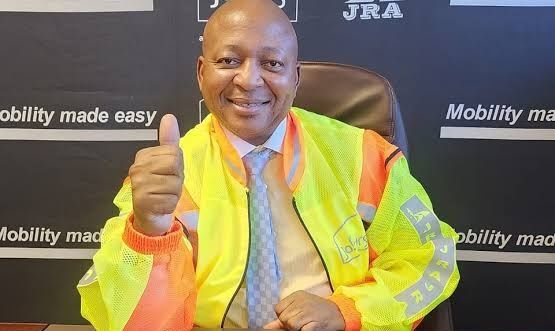South Africa is a country haunted by its history and restless in its reinvention. The latest chapter in this unfolding national drama comes courtesy of Kleinfontein – a privately owned, exclusively Afrikaner settlement on the outskirts of Pretoria – where ideology, identity, and the law have collided in spectacular fashion.
On the surface, the High Court matter between Kleinfontein Aandeleblok (Edms) Bpk and its disillusioned residents is a dispute over illegal building developments, unpaid levies, and allegations of mismanagement. But to reduce this to a contractual squabble would be to miss the profound constitutional, historical, and legal currents running just beneath. This is not just a court case. It is a parable.
Kleinfontein: A Settlement Built on Memory
Kleinfontein – often referred to as “Orania lite” after the Afrikaner-only area in the Northern Cape – was born in 1992, in the dying light of apartheid, when a group of Afrikaner nationalists, sensing the inevitability of majority rule, sought to create an enclave where their culture, language, and worldview might survive, untouched. A Volkstaat in everything but name.
In doing so, they bypassed the formalities of South Africa’s town-planning laws and environmental regulations. They subdivided farmland into erven, sold shares instead of titles, built homes without approved plans and provided their own infrastructure – all under the protective banner of self-determination.
And for a while, it worked. A private utopia where Afrikaans reigned, history was revered, and the modern, multiracial state felt far away. But utopias are fragile things, and the dream was always out of sync with the constitutional order taking shape beyond its borders.
The Law Arrives
In 2022, decades after Kleinfontein’s founders first drew their maps of autonomy, the High Court judgment handed down by Acting Judge Adrian Vorster made it clear: self-determination is no licence to break the law.
The judgment painstakingly details how Kleinfontein’s existence – unregistered, unapproved, unregulated – flagrantly violates the Spatial Planning and Land Use Management Act (SPLUMA), environmental statutes, municipal by-laws, and the National Building Regulations. It underscores that while cultural communities are protected under the Constitution, those protections do not permit the creation of parallel legal orders.
For the KAEB (Kleinfontein Aandeleblok, the private company now running the settlement), this was more than a legal defeat. It was a philosophical one. The very project of retreating into a self-made jurisdiction, beyond the reach of state law, had failed.
Section 235’s Unkept Promise
Central to the community’s argument was Section 235 of the Constitution – the much-discussed but under-utilised provision recognising the right to self-determination for cultural and linguistic communities within South Africa.
But here’s the constitutional irony: while the section exists, no national legislation has been enacted to give it practical effect. It’s a legal placeholder. A gesture to unresolved historical demands. In its absence, Kleinfontein built its own quasi-state apparatus, a system of private governance enforced through cooperative membership, exclusionary rules, and unregistered land transactions.
The problem, as the court demonstrated, is that no amount of ideological fervour can override the supremacy of national law. Autonomy without legal recognition is, at best, a fiction – at worst, a crime.
A ‘Broedertwis’ of Modern Proportions
This case also exposes the fractures within Kleinfontein itself. A group of disaffected residents, styling themselves as shareholder activists under the Kleinfontein Inwonersvereniging (KIV), rebelled against what they saw as financial mismanagement, exclusionary practices, and unlawful development.
They withheld levies, challenged the directors and laid complaints with regulatory authorities – a homegrown rebellion within the rebellion. The legal proceedings became a proxy battle between the old guard clinging to a purist vision and a newer generation seeking security of tenure, municipal services, and legal certainty.
It’s a textbook example of how exclusionary enclaves, built on the shaky ground of defiance, eventually collapse under their own contradictions.
The Lesson for South Africa
Kleinfontein is a microcosm of unresolved questions in South Africa’s democratic project: How do we accommodate minority cultural rights without undermining the authority of the law? What happens when communities reject integration not because of neglect, but because of ideology? And what is the role of the state in enforcing legal uniformity without erasing cultural diversity?
Vorster’s ruling, though narrow in scope, affirms a vital constitutional principle: self-determination must occur within the framework of national legislation, not in defiance of it. Kleinfontein’s directors cannot claim constitutional rights while violating planning laws, environmental regulations, and municipal by-laws.
In a constitutional democracy, there are no private jurisdictions. The law applies everywhere, to everyone – no matter how nostalgic the vision, or how tight-knit the community.
A Closing Thought
Kleinfontein is more than a legal oddity. It is a reminder that history casts a long shadow, and that the unresolved promises of the transition era continue to shape how South Africans claim space, rights and belonging.
This is not a simple story of bad planning or rogue developers. It is about what happens when legal frameworks lag behind political realities, when constitutional promises are left unfulfilled, and when communities, feeling abandoned, attempt to legislate for themselves.
As a lawyer, I take no joy in the enforcement orders or the injunctions. But I take comfort in the reaffirmation that in this country, no matter where you build your fences, the Constitution remains the final authority. And that’s how it should be.
Do places like Kleinfontein and Orania have a place in democratic South Africa?
Let us know by leaving a comment below, or send a WhatsApp to 060 011 021 1.
Subscribe to The South African website’s newsletters and follow us on WhatsApp, Facebook, X, and Bluesky for the latest news.

